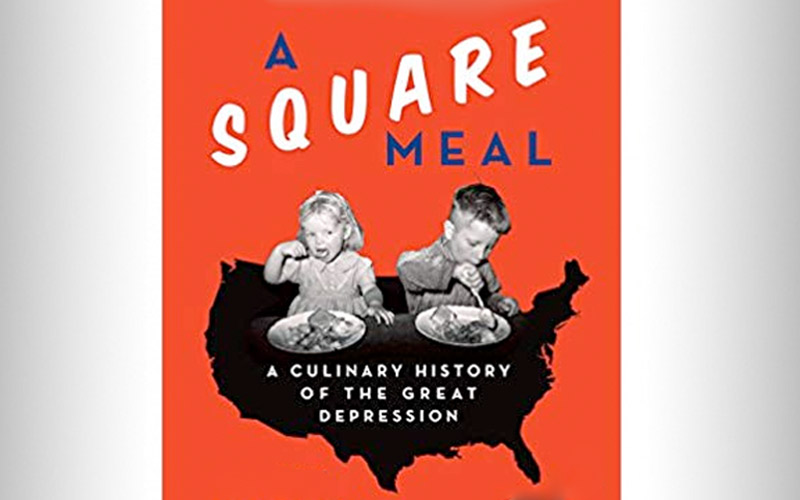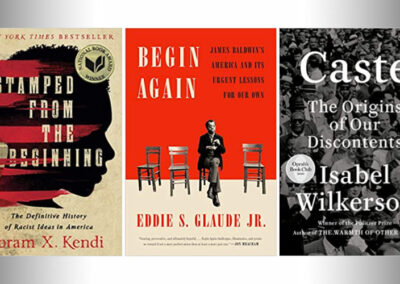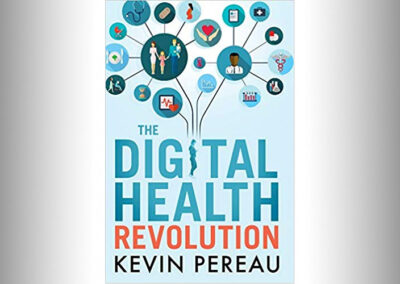
“A Square Meal: A Culinary History of the Great Depression” by Jane Ziegelman and Andrew Coe
Review by Nicole Bianchi, NC
“Food Will Win the War,” was a slogan propagated by the U.S. Food Administration, as it provided fertilizer to American farmers, who in turn produced food for American troops during World War I.
The Allies were well fed. American soldiers consumed an average of 5,000 calories per day, while French and British troops consumed slightly fewer, at 4,000 calories per day. The Allied Forces defeated the Germans, who received barely enough sustenance to survive.
After the war, American soldiers returned stateside to parties and parades, where food was literally thrown at them in celebration. Oh, how things would change a little more than a decade later, when food would become scarce, malnutrition would become rampant, and breadlines would become long, as Americans endured the Great Depression.
Jane Ziegelman and Andrew Coe’s A Square Meal: A Culinary History of the Great Depression is a book about American food during the Great Depression, but the authors first give us a taste of the way life was before the Great Depression. The first two chapters contain descriptions of life just after the Industrial Revolution, post-WWI, the Roaring 20s and the ensuing “city drift.”
The “city drift” was the migration from Middle America’s farmland to the excitement of cities like New York. That migration, and its eventual reverse, helps Ziegelman and Coe take us on a geographical journey through America during the Great Depression. We go to urban America and then to coal country. We read stories of the Pacific Northwest and of national politics. The writers delve into two presidencies — those of Herbert Hoover and Franklin D. Roosevelt.
In the beginning of the book, we return time and again to America’s farmland, where, the soil is first described as rich and fertile. The land and those who worked it served as the bedrock of the country’s abundance.
But the colorful stories that open the book quickly relent to a sepia-toned middle and end. The reader settles in for the complicated, stark history of the early 1930s, of how economic, climate and political conditions co-created collapse and disaster. Even the rich farmland became a depleted dust bowl, and those in rural America — the agricultural foundation of our land of plenty — suffered as much as any other group of people during the Great Depression.
A Square Meal: A Culinary History of the Great Depression is a story about food and feminism as much as it is about the history of how food was influenced by war, science, commerce, culture, race relations and politics. After all, for most of its history, America’s food was prepared primarily by America’s women, and this book is full of stories about them. “The Wife of a Farmer,” who was “faded and work weary,” the readers of Good Housekeeping magazine, and the wives of U.S. Presidents all had an impact on domestic life and the country’s cuisine.
We are shown illustrations, photos and recipes of the era as well, and one of the most compelling visual aides is the daily time record of an American homemaker in the year 1928. She worked a 16-hour day; most of that time was in the kitchen, the heart of the home. But decades passed, kitchens got smaller and efficiency and economy became more valued than anything during the depression. This book offers a look at how these evolutions align, at least in part, with the degradation of a society or the women’s liberation movement, depending on who is talking about it.
The Great Depression also coincides with the advent of the science of nutrition as we know it today. Calories, macronutrients and vitamins became part of the national conversation as Americans faced debilitating nutritional deficiencies and diseases as a result food shortages. Getting nutrients quickly and economically prevailed over the enjoyment of seasonal, delicious cooking. Canned foods, fast foods, cheap foods, and tasteless foods were necessary evils.
Through the perils of the Great Depression, cooking and nourishment gave way to feeding and quantifying in American society. This book makes that point very early on. I am not sure we ever really came back from that place, which is one of the most compelling things about this book, even if it ultimately goes unsaid.
 Nicole is a certified nutritionist who helps clients strategically develop food plans for themselves and their families according to their individual needs, situations, health challenges and preferences. She is inspired by the joy of fresh, whole foods and educates clients on the many benefits of optimal nutrition, including better digestion, more energy and emotional grounding utilizing macronutrients, micronutrients, phytonutrients and other vital factors. Nicole is trained in the Eating for Health® model, which embraces two powerful maxims —“food is the best medicine” and “know thyself.”
Nicole is a certified nutritionist who helps clients strategically develop food plans for themselves and their families according to their individual needs, situations, health challenges and preferences. She is inspired by the joy of fresh, whole foods and educates clients on the many benefits of optimal nutrition, including better digestion, more energy and emotional grounding utilizing macronutrients, micronutrients, phytonutrients and other vital factors. Nicole is trained in the Eating for Health® model, which embraces two powerful maxims —“food is the best medicine” and “know thyself.”











